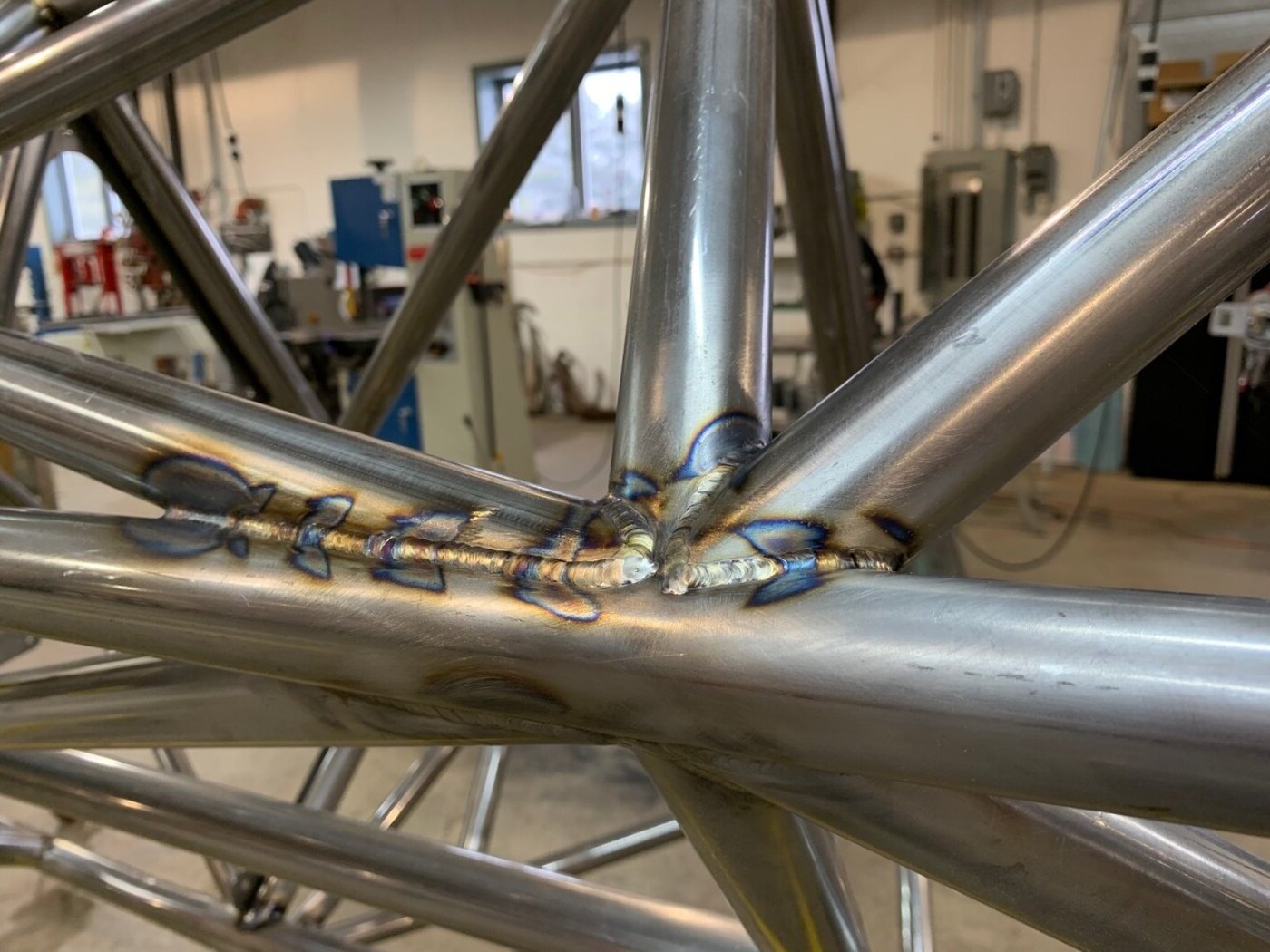
Stickler Syndrome might sound like a character from a comic book, but it's a real genetic disorder affecting many people worldwide. This condition primarily impacts connective tissues, leading to issues with vision, hearing, and joints. Stickler Syndrome is often diagnosed in childhood, but its symptoms can vary widely, making it tricky to identify. Some might experience severe complications, while others have milder symptoms. Understanding this syndrome is crucial for early intervention and management. In this post, we'll explore 50 intriguing facts about Stickler Syndrome to help you grasp its complexities and the impact it has on those living with it.
Key Takeaways:
- Stickler Syndrome is a genetic disorder affecting collagen production, leading to vision, hearing, facial, and joint issues. Early diagnosis and symptom management can greatly improve quality of life.
- Support groups, educational accommodations, and ongoing research offer hope and resources for individuals with Stickler Syndrome. It's not as rare as believed, and treatments can effectively manage symptoms.
What is Stickler Syndrome?
Stickler Syndrome is a genetic disorder affecting connective tissues, primarily collagen. It can impact vision, hearing, facial structure, and joints. Here are some intriguing facts about this condition.
-
Named After Dr. Gunnar B. Stickler: The syndrome was first described by Dr. Gunnar B. Stickler in 1965.
-
Genetic Mutation: It results from mutations in specific genes responsible for collagen production.
-
Types of Stickler Syndrome: There are several types, each associated with different gene mutations.
-
Autosomal Dominant Inheritance: Most cases follow an autosomal dominant inheritance pattern, meaning one copy of the altered gene is enough to cause the disorder.
-
Collagen Deficiency: The primary issue is a deficiency in type II and XI collagen.
Symptoms of Stickler Syndrome
The symptoms can vary widely among individuals. Here are some common signs to look out for.
-
Vision Problems: Many patients experience severe nearsightedness, cataracts, and retinal detachment.
-
Hearing Loss: Progressive hearing loss is common, often starting in childhood.
-
Facial Features: Distinctive facial features include a flat face, small nose, and a receding chin.
-
Joint Issues: Joint pain and early-onset arthritis are frequent complaints.
-
Cleft Palate: Some individuals are born with a cleft palate or a high-arched palate.
Diagnosis of Stickler Syndrome
Diagnosing Stickler Syndrome involves a combination of clinical evaluation and genetic testing.
-
Ophthalmologic Exam: Eye exams can reveal characteristic changes in the retina.
-
Hearing Tests: Audiometric tests help assess the degree of hearing loss.
-
Genetic Testing: Identifying mutations in the relevant genes confirms the diagnosis.
-
Family History: A detailed family history can provide clues about the inheritance pattern.
-
Physical Examination: Doctors look for distinctive facial features and joint abnormalities.
Treatment Options
While there is no cure, various treatments can manage symptoms effectively.
-
Eye Surgery: Procedures like cataract removal and retinal repair can improve vision.
-
Hearing Aids: These devices help mitigate hearing loss.
-
Orthopedic Interventions: Joint pain can be managed with physical therapy and, in severe cases, surgery.
-
Speech Therapy: Beneficial for those with a cleft palate or speech difficulties.
-
Regular Monitoring: Ongoing medical check-ups are crucial for managing complications.
Living with Stickler Syndrome
Living with Stickler Syndrome requires adapting to various challenges. Here are some tips for managing daily life.
-
Support Groups: Joining support groups can provide emotional and practical support.
-
Educational Accommodations: Special education services may be necessary for children with hearing or vision impairments.
-
Physical Activity: Low-impact exercises like swimming can help maintain joint health.
-
Healthy Diet: A balanced diet supports overall well-being and joint health.
-
Mental Health: Counseling can help cope with the emotional aspects of the condition.
Research and Future Directions
Ongoing research aims to improve understanding and treatment of Stickler Syndrome.
-
Gene Therapy: Scientists are exploring gene therapy as a potential treatment.
-
Collagen Research: Studies on collagen production and function may lead to new therapies.
-
Clinical Trials: Participation in clinical trials can provide access to cutting-edge treatments.
-
Patient Registries: These databases help track the long-term outcomes of individuals with Stickler Syndrome.
-
Awareness Campaigns: Increasing public awareness can lead to earlier diagnosis and better support.
Famous Cases
Some notable individuals have brought attention to Stickler Syndrome.
-
Jules Verne: The famous author is believed to have had Stickler Syndrome.
-
Professional Athletes: Some athletes have managed to compete at high levels despite the condition.
-
Advocates: Many individuals with Stickler Syndrome have become advocates for genetic research and disability rights.
-
Artists: Several artists have used their platform to raise awareness about the syndrome.
-
Public Figures: Some public figures have shared their personal experiences with Stickler Syndrome.
Myths and Misconceptions
There are several myths about Stickler Syndrome that need debunking.
-
Rare Condition: While not extremely common, it is not as rare as some believe.
-
Only Affects Children: Stickler Syndrome affects individuals of all ages.
-
Always Severe: The severity of symptoms can vary widely.
-
No Treatment: While there is no cure, many treatments can manage symptoms effectively.
-
Inherited Only: While most cases are inherited, some result from new mutations.
Support and Resources
Numerous resources are available for those affected by Stickler Syndrome.
-
Non-Profit Organizations: Groups like the Stickler Involved People provide support and information.
-
Medical Specialists: Finding doctors experienced with Stickler Syndrome can improve care.
-
Online Communities: Social media and forums offer a platform for sharing experiences and advice.
-
Educational Materials: Books and articles can provide valuable information about the condition.
-
Financial Assistance: Some organizations offer financial aid for medical expenses.
Interesting Facts
Here are some lesser-known facts about Stickler Syndrome.
-
Named After a Person: Unlike many genetic disorders, it is named after the doctor who first described it.
-
Multiple Genes: Mutations in several different genes can cause Stickler Syndrome.
-
Variable Symptoms: Symptoms can vary even among family members with the same mutation.
-
Early Diagnosis: Early diagnosis and intervention can significantly improve quality of life.
-
Ongoing Research: Research is continuously evolving, offering hope for better treatments in the future.
Final Thoughts on Stickler Syndrome
Stickler Syndrome, a genetic disorder, affects connective tissues, leading to issues with vision, hearing, and joints. Named after Dr. Gunnar B. Stickler, who first described it in 1965, this condition can vary widely in severity. Early diagnosis and intervention play a crucial role in managing symptoms and improving quality of life. Genetic counseling is often recommended for families affected by Stickler Syndrome to understand the risks and inheritance patterns. While there's no cure, treatments like glasses, hearing aids, and surgeries can help manage symptoms. Awareness and education about Stickler Syndrome are essential for better support and resources for those affected. By understanding the facts, we can foster a more inclusive and supportive environment for individuals living with this condition.
Frequently Asked Questions
Was this page helpful?
Our commitment to delivering trustworthy and engaging content is at the heart of what we do. Each fact on our site is contributed by real users like you, bringing a wealth of diverse insights and information. To ensure the highest standards of accuracy and reliability, our dedicated editors meticulously review each submission. This process guarantees that the facts we share are not only fascinating but also credible. Trust in our commitment to quality and authenticity as you explore and learn with us.


